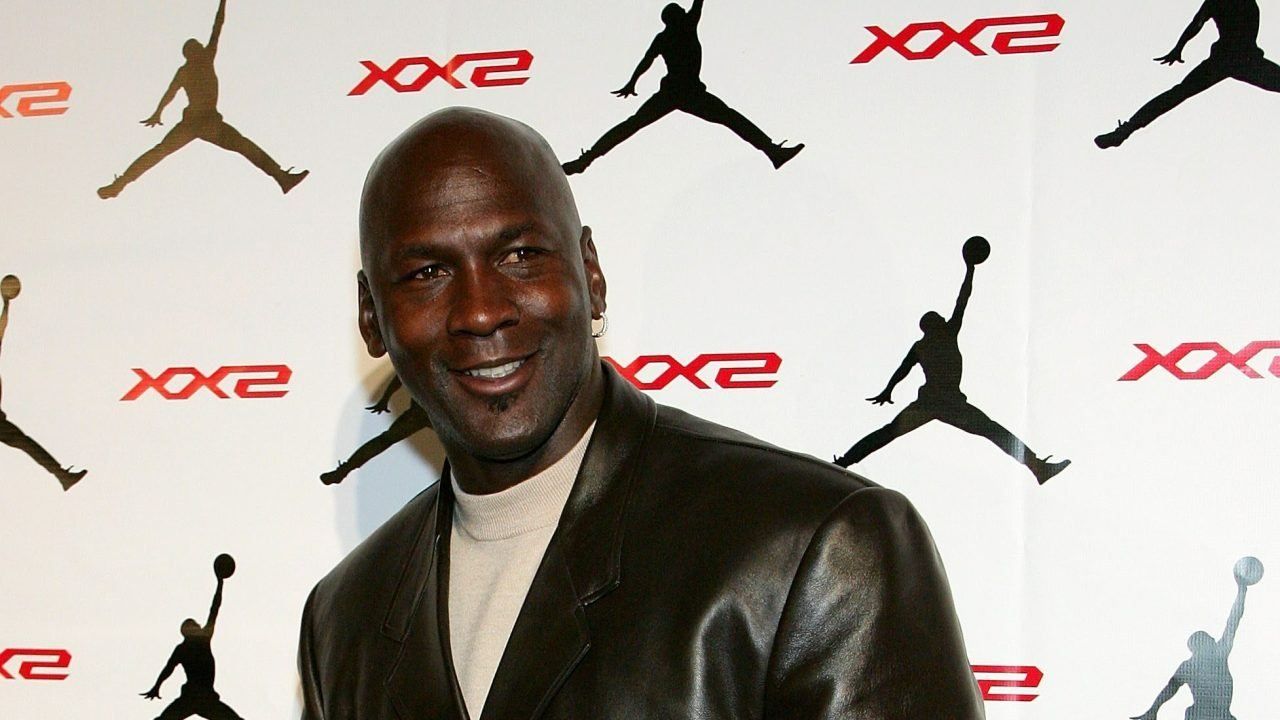
The 2020 NBA All-Star Game in Chicago was one of the last major sporting events before the COVID-19 pandemic arrived.
It also, a federal judge in Illinois explained Monday when partially denying Nike’s motion to dismiss a contract lawsuit, gave rise to a dispute over a failed light show display in downtown Chicago.
Timed to coincide with All-Star weekend, the display would have featured Michael Jordan’s iconic dunk from the 1998 NBA All-Star Game and the Nike “Jumpman” logo. Two skyscrapers, the Aon Center and the Prudential Building, would have displayed these iconic images and, organizers hoped, wow spectators. There would have also been a Batman-style “bat signal” laser event that involved the United Center.
Central to the displays were National Experiential, a marketing and advertising agency, and Nike. They negotiated a contract wherein National Experiential would promote Nike through the show.
Except the show never went on. As U.S. District Judge Steven C. Seeger wrote, “a few days before the All-Star Game, National Experiential ran into trouble with an all-too-common foe that strikes fear in the hearts of the fearless: permits.”
Simply put, National Experiential didn’t land the necessary city permits and the show was canceled. National Experiential, which had already shelled out more than $441,000 to secure permissions, “was left holding the bag” and never paid.
National Experiential then filed three lawsuits against the city and multiple parties. Seeger’s ruling concerned the company’s case against Nike and an advertising agency, Wieden+Kennedy, for anticipatory breach of contract, breach of the implied covenant of good faith and fair dealing, promissory estoppel (reliance on a promise) and two other claims.
Seeger granted Nike’s motion to dismiss three of the five claims but denied it for anticipatory breach and promissory estoppel. Those two claims will advance to pretrial discovery, meaning the parties will need to share copies of sensitive emails and provide sworn testimony unless they negotiate a settlement to dismiss the case.
The timeline from February 2020 sheds light on how Seeger reached his decision.
Two days before the anticipated light show, “things went off the rails,” the judge noted. National Experiential learned the city required permits for the projections and the company didn’t have them. That development led National Experiential to start “scrambling” and hire two Chicago law firms.
Faced with an impending disaster, National Experiential explored several options, including removal of the Jumpman logo from the planned display. The company also weighed launching a lobbying campaign to persuade the office of Mayor Lori Lightfoot or, conversely, suing the city by petitioning for a temporary restraining order that would have blocked Chicago from enforcing the permit requirement.
Partly limited by its business arrangements, National Experiential instead tried to persuade the city that the light projections would have constituted “art” rather than commercial activity and were conceptually outside the scope of permits regarding commercial activity. It didn’t work. Nike essentially made the same argument to the city, also without success.
A representative of the Chicago Sports Commission then notified National Experiential by email “You do not have approval to project. It’s simple. NOT APPROVED.” National Experiential believes the commission “wanted the Prudential Building lit up in red, the color of the Chicago Bulls” instead and that, “behind the scenes,” the commission was pressuring city officials to deny the MJ/Jumpman/Batman display.
National Experiential maintains Nike, along with Wieden+Kennedy, are liable for anticipatory breach on account of canceling the project and refusing to pay. The defendants disagree, saying National Experiential couldn’t perform for a very simple reason: It didn’t secure the necessary permits.
Seeger agreed with Nike about the importance of the permits but highlighted National Experiential’s counter argument that Nike (allegedly) “stood in its way” at a critical juncture and made it harder for National Experiential to perform. National Experiential says Nike and Wieden+Kennedy blocked it from trying different tactics, such as suing the city or launching a lobbying campaign, and left it with the failed strategy of portraying the display as artistic rather than commercial.
Seeger disagreed with Nike that the lack of permit necessarily prevented National Experiential from performing.
“Viewed in a light favorable to Plaintiff on a motion to dismiss,” Seeger wrote, “National Experiential adequately alleges that Defendants prevented its performance. The company asserts that ‘Chicago’s most powerful business and sports leaders’ ‘exerted pressure behind the scenes with city officials’ to prevent the projections onto the Aon Center and Prudential Building. That allegation does not expressly mention Nike or Wieden+Kennedy, but it does suggest that something else was afoot.”
Seeger acknowledged National Experiential’s breach claim might end up a loser since “after all, one wonders why Nike would want to pull the plug on its own project, a laser-light show depicting the greatest basketball player of all time at the height of his powers.” The judge also wrote, “the claim might be tough sledding,” but cautioned “time will tell . . . that’s what discovery is for.”
The judge also allowed National Experiential’s promissory estoppel claim to advance. National Experiential says it relied on the defendants’ alleged promise that they’d pay invoices. National Experiential made clear it needed the money since it paid $325,000 to the two skyscrapers and $116,045 to the city. Seeger found that an email and other facts are sufficient at motion to dismiss stage for National Experiential’s claim to advance.